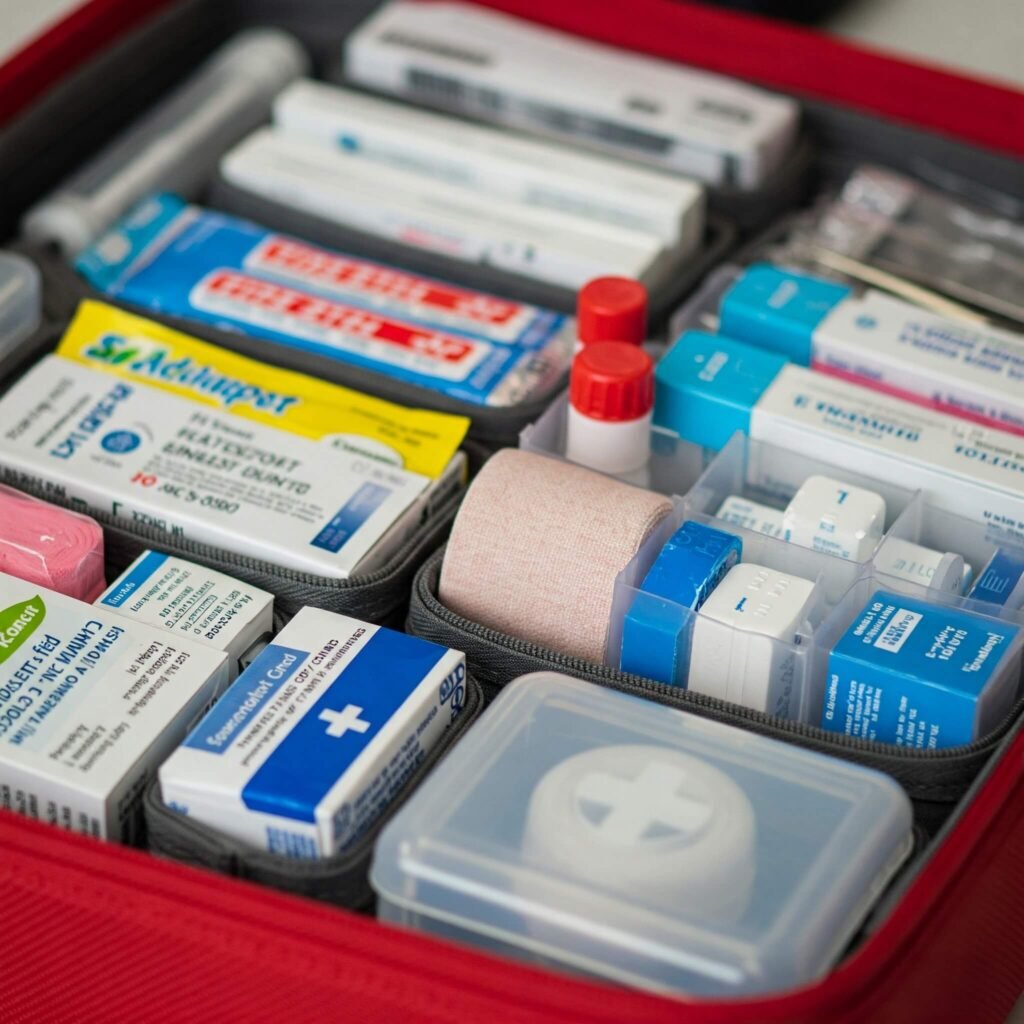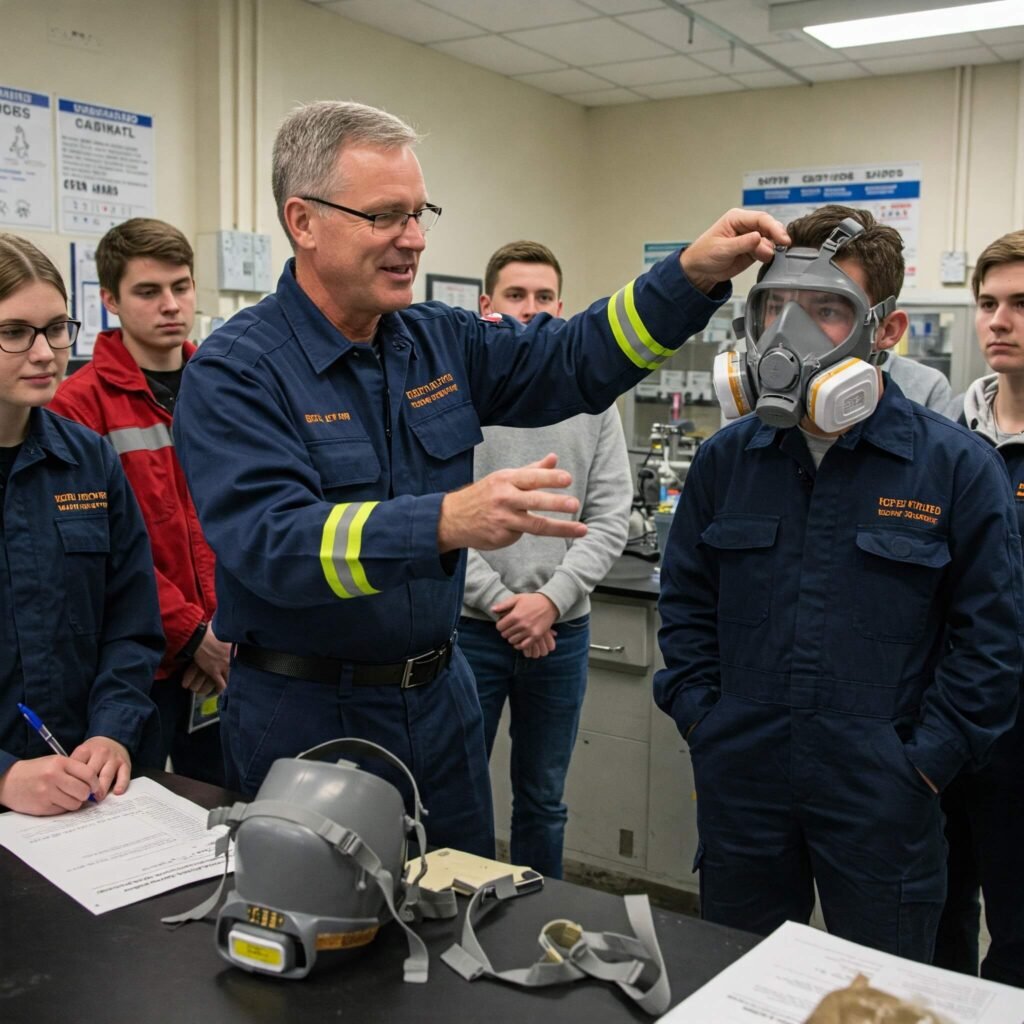Hey thrill-seekers! Ready to push your boundaries and experience the rush of extreme sports? Awesome! But before you take that leap, dive, or climb, let’s talk about something just as crucial as your courage: extreme sports safety equipment. Think of it as your trusty sidekick, your invisible shield, the gear that lets you focus on the thrill knowing you’re protected. This comprehensive guide will walk you through the essential extreme sports safety equipment you need to stay safe while conquering your next adventure.
Why Extreme Sports Safety Equipment is Non-Negotiable
We get it. The allure of extreme sports lies in the risk, the challenge, the feeling of being on the edge. But that edge shouldn’t be the one between safety and disaster. Investing in the right extreme sports safety equipment isn’t about dampening the thrill; it’s about empowering you to pursue your passion sustainably and responsibly. Proper gear minimizes the risk of serious injuries, allowing you to progress, enjoy the sport longer, and ultimately, push your limits further with confidence.

Essential Extreme Sports Safety Equipment: By Category
The specific gear you’ll need varies depending on your chosen extreme sport, but some fundamental categories of extreme sports safety equipment are universal. Let’s break them down:
Head Protection: Shielding Your Most Valuable Asset
Your head is arguably the most vulnerable part of your body. Whether you’re mountain biking, rock climbing, skateboarding, or participating in any activity with a risk of falls or impacts, a high-quality helmet is non-negotiable extreme sports safety equipment.
- Helmets: Choose a helmet specifically designed for your sport. A cycling helmet won’t offer the same protection as a climbing helmet or a skydiving helmet. Ensure it fits snugly and meets relevant safety standards (e.g., CE EN 1077 for skiing and snowboarding).
- Impact Protection: For more aggressive activities like downhill mountain biking or skateboarding, consider additional head protection like full-face helmets.
Body Armor: Guarding Against Impacts and Abrasions
From falls to collisions, your body can take a beating in extreme sports. Extreme sports safety equipment like pads and guards can make a significant difference.
- Pads: Knee pads, elbow pads, and wrist guards are essential for skateboarding, BMX, inline skating, and some types of mountain biking. They cushion impacts and protect against scrapes and fractures.
- Body Suits and Vests: For high-speed sports like snowboarding or motocross, padded suits or vests can offer crucial protection for your torso, back, and shoulders.
Harnesses and Ropes: Staying Connected and Secure
For vertical adventures like rock climbing, mountaineering, and canyoning, harnesses and ropes are life-saving extreme sports safety equipment.
- Harnesses: Choose a harness specifically designed for your activity (e.g., a climbing harness vs. a paragliding harness). Ensure it fits correctly and is in good condition.
- Ropes: Use ropes that meet the specific requirements of your sport. Inspect them regularly for wear and tear and replace them as needed. Learn proper knot-tying and belaying techniques. You can find more information on rope safety from organizations like the UIAA (International Climbing and Mountaineering Federation) [Placeholder for Outbound Link to UIAA website].
Eye Protection: Clear Vision, Maximum Safety
Debris, wind, and sun glare can all impair your vision and pose risks during extreme sports. Proper eye protection is vital extreme sports safety equipment.
- Goggles: For skiing, snowboarding, and motocross, goggles provide protection from the elements and improve visibility. Look for features like UV protection and anti-fog coatings.
- Sunglasses: For activities like hiking, climbing, and paragliding, choose high-quality sunglasses with 100% UV protection to shield your eyes from harmful rays. Consider polarized lenses to reduce glare.
Footwear: Your Foundation for Success and Safety
The right footwear provides grip, stability, and protection, making it crucial extreme sports safety equipment.
- Sport-Specific Shoes: Whether it’s climbing shoes for grip on rock, mountain biking shoes with clipless pedal compatibility, or sturdy hiking boots for ankle support, choose footwear designed for your activity.
- Ankle Support: For activities with a high risk of ankle injuries, consider boots or braces that offer additional support.
Emergency and Communication Gear: Being Prepared for the Unexpected
Even with the best extreme sports safety equipment, unforeseen circumstances can arise. Being prepared for emergencies is paramount.
- First-Aid Kit: Carry a compact, sport-specific first-aid kit with essentials to treat minor injuries. Consider adding items relevant to your specific activity. You can find guidance on assembling a first-aid kit from organizations like the Red Cross [Placeholder for Outbound Link to Red Cross website].
- Communication Devices: Depending on your location and activity, consider carrying a satellite communicator, personal locator beacon (PLB), or a fully charged mobile phone in a waterproof case.
- Navigation Tools: For backcountry activities, carry a map, compass, and GPS device, and know how to use them.

Choosing the Right Extreme Sports Safety Equipment: Key Considerations
Selecting the appropriate extreme sports safety equipment involves more than just picking the coolest-looking gear. Here are some crucial factors to consider:
- Sport-Specific Design: As mentioned earlier, gear is often designed for a specific activity. Using the wrong type of equipment can compromise its effectiveness.
- Proper Fit: Ill-fitting gear can be uncomfortable, restrict movement, and, most importantly, fail to provide adequate protection. Always try on equipment and ensure a snug and secure fit.
- Safety Standards and Certifications: Look for gear that meets recognized safety standards and certifications (e.g., CE, ASTM). These indicate that the equipment has been tested and meets certain performance criteria.
- Quality and Durability: Invest in high-quality gear from reputable brands. While it might be tempting to go for cheaper options, your safety is worth the investment. Durable gear will also last longer, saving you money in the long run.
- Regular Inspection and Maintenance: Even the best extreme sports safety equipment can degrade over time or with use. Regularly inspect your gear for signs of wear and tear, and follow the manufacturer’s instructions for maintenance and replacement.
The Importance of Education and Training
While having the right extreme sports safety equipment is crucial, it’s only one piece of the puzzle. Proper education and training are equally vital for staying safe in extreme sports. Learn the necessary skills, understand the risks involved, and know your limits. Consider taking lessons from certified instructors and always practice in controlled environments before venturing into more challenging situations. Organizations like the American Alpine Club [Placeholder for Outbound Link to American Alpine Club website] offer valuable resources and training for various outdoor activities.

Conclusion: Prioritizing Safety for Thrilling Adventures
Extreme sports offer incredible experiences and a unique connection with the natural world. By prioritizing extreme sport safety equipment and combining it with proper training and responsible decision-making, you can minimize risks and maximize your enjoyment. So, gear up, learn the ropes, and get ready for your next exhilarating adventure – safely!




